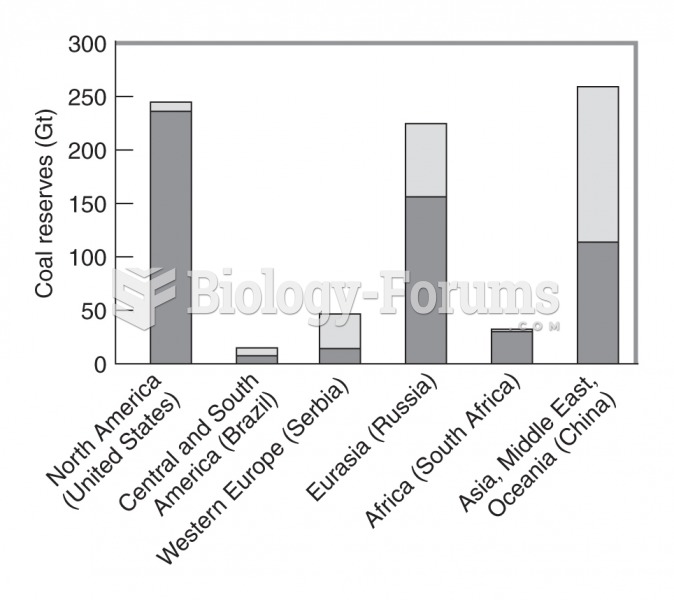Answer to Question 1
Air over middle continental areas is much lower at the same latitude than air near oceans. Whereas solar energy absorbs only within the top, thin layer of soil, ocean circulations allow for a deeper penetration of radiation with depth in the water column. Evaporation at the water surface removes additional heat. Water also has a higher specific heat than land does. It takes more heat to raise the temperature of a given amount of water by one degree than it does to raise the temperature of the same amount of land by one degree. Water not only heats more slowly than land, it cools more slowly as well, and so the oceans behave as large heat reservoirs. Therefore, mid-ocean surface temperatures change relatively little between seasons compared to larger annual temperature changes over land.
Answer to Question 2
The number and intensity of hurricanes, especially in the Atlantic Basin, have increased over the last several decades. Hurricanes are fueled by warm tropical water - the warmer the water, the more fuel available to drive the storm. An increase of only 0.6C (1F) can increase sea-surface temperature, which can in turn increase the maximum winds of hurricanes by about 5 knots (almost 6 miles/hr). Sea-surface temperatures have increased across the tropical North Atlantic since the mid-1990s. At least some of this warming may be attributed to an overall temperature rise throughout the world's oceans. Climate models predict that, as the world continues to warm, sea-surface temperatures in the tropics will continue to rise, even by about 2C (3.6F) by the end of this century. Should these predictions prove correct, future hurricanes could have much more intense wind speeds. There is debate, however, whether hurricanes will be more frequent.







